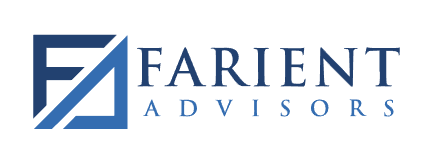Innovation, Agile Work, and Rewards
In late February, prior to the full emergence of the global pandemic, I was invited to chair the Neovation2020 event “Accelerating Agile,” a gathering of some of the most active and experienced practitioners of modern people management. Held in the impressive Corinthia Hotel in Whitehall, London, the event (we did not use the term “conference”) was sold out. Given COVID-19 and the subsequent lockdown, it may be one of the most important human resources “gatherings” in Europe this year.
What is Agile?
There have been several excellent books written on this subject including Stephen Denning’s Age of Agile: How Smart Companies are Transforming the Way Work Gets Done and Jeff Sutherland’s Scrum: The Art of Doing Twice the Work in Half the Time, but I find the best way to think about agile working is to look back on a past experience that has stuck in my memory.
In the late 80s I was working for a well-known and respected strategic consulting firm as part of a team merging two large pharmaceutical firms. One of those firms was British, headquartered in a country house outside London and we travelled out there on many occasions to find out what was going on inside the business.
We shouldn’t have bothered. Inside this marvellous Arts & Crafts establishment, with its fabulous garden and huge team of gardeners, there were four elderly men in elegant Savile Row suits situated in four very large offices on the first floor. Each had a dedicated assistant in a slightly less palatial office on the floor below who ran up and down the stairs to meet with their respective boss, or they picked up a dedicated red phone, which was installed at vast expense we were told. These men enjoyed final salary pensions and a company car. They were paid well. They were useless. Their business no longer exists.
Agile working is everything this was not. Teams with no specified office, no suits, no hierarchy. For a time, there may be very little salary and while the goals are clear and very, very demanding, the work itself is defined by those whose task it is to deliver.
Cynically, one might say “agile” work is being paid for three days a week, working seven days a week, and delivering more than was expected in less time than required. Or, one might say we try, we fail, we try again, we succeed. And when we succeed, we win big and we win fast. The more formal goal, as described by one attendee, is to support the “journey from initial idea through to production, enabling them to become more engaging, responsive, and efficient, and get relevant products and services to their customers faster, with a higher degree of quality than their competition.”
Why accelerate it and why do you need HR?
It turns out it is a lot more difficult to introduce the free-wheeling, rapid-response approach of agile working than one might think, and it requires great care to develop the associated reward systems. This Neovation event showcased successful examples from those who introduced an agile reward system using an agile approach and it highlighted an important distinction. Agile working is a way of working in which an organisation empowers its people to work where, when, and how they choose—with maximum flexibility and minimum constraints—to optimise their performance and deliver “best in class” value and customer service. It is different than simply offering “flexible” working (e.g., staggered start and stop times, job sharing, or working from home) as an employee benefit.
A characteristic of reward in these circumstances (incentive is probably the wrong word here, because those who are working in agile teams are not motivated simply by the prospect of greater bonus), is that agile goals are typically long-term goals. Largely that’s because the short-term route to achieving winning transformations is often difficult to predict. It’s not the “how you get there” it is the when you get there, which is vital. So, long-term goals do drive pay matters in the agile environment. They are also related to milestones as a vital element of measuring progress.
As we move forward from this pandemic, with substantial portions of our workforce increasingly to be found in the “flexible” category, the manner by which organisations shift to agile will be very interesting. Here are some reminders for the journey:
- Break out of the usual silos;
- Learn from data, fast;
- Create pilot projects early;
- Test prototypes;
- Use feedback; and
- Communicate by telling stories.
